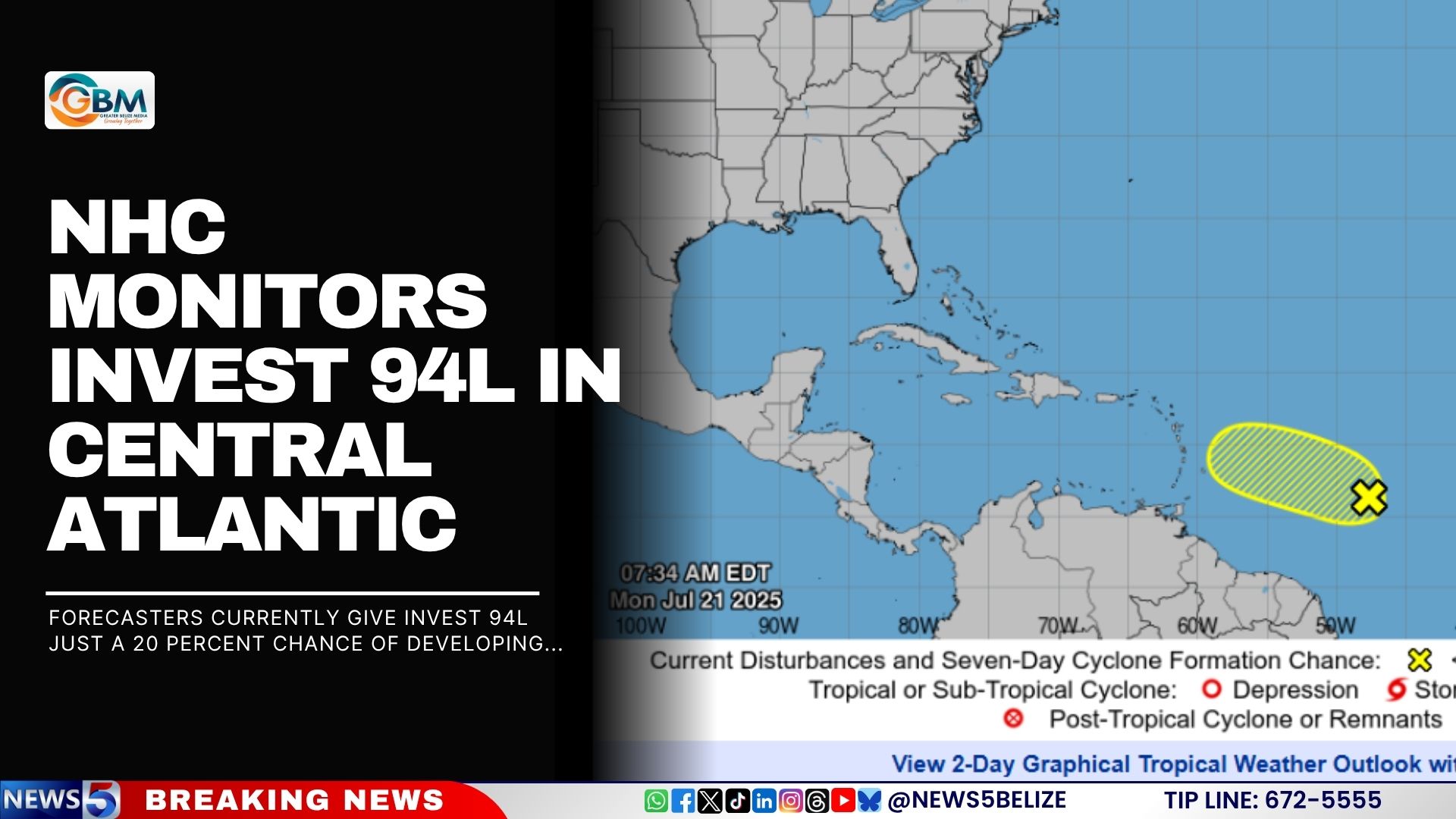With just days to go before Belize’s hurricane season officially begins, the National Emergency Management Organization (NEMO) is making sure the public stays informed and prepared. This morning, NEMO joined forces with the National Meteorological Service and the National Hydrological Service to host a special media training session. The goal? To equip journalists with the tools and knowledge they need to report accurately on storms, floods, and other natural disasters. NEMO Coordinator Daniel Mendez emphasized the growing importance of these sessions, especially as climate change continues to affect Belize. “The more prepared our media is, the better we can keep the public safe,” he said.
Daniel Mendez, National Emergency Coordinator, NEMO
“We at NEMO recognize that the media is a very important partner in sharing information during, before, during, and after any disaster event. So the purpose of inviting the media here was for you to listen from the experts, from the National Met Service, the National Hydrological Service, and NEMO. To hear and to respond to any questions that you may have regarding any of these kinds of events. We shared with you all of the correct scientific information. We also shared an information package that you can utilize as we begin this season. And this is just to ensure that we are all sharing the correct information. And so really the purpose was that information sharing with us, with the media. So we are. we do the best job possible in sharing information when we, if we do have to face a hurricane this year.”
Britney Gordon
“What are some of the challenges that NEMO has faced in the past when trying to disseminate information out to the media and the public that prompted a session like this?”
Daniel Mendez
“Of course, there’s always the issue of this misinformation and people listening to different sources and getting different information from many different areas. So what we wanted to do was to remind the media that any questions for any of these should be sent to us. We at NEMO rely on the National Met Service as our primary source of information for any meteorological issues. We rely on the National Hydrological Service for any issues that relate to flooding, and anything that is needed at that point..”
